Jack Reed Sr.
"I think we all have a responsibility that we do what we think is right, and I thought if I wasn’t going to say it, who was?" Tupelo businessman Jack Reed Sr. was president-elect of the Mississippi Economic Council in 1963. On January 22, he spoke before hundreds of business leaders and legislators in Jackson—only a few months after the integration of the University of Mississippi. Tensions ran high, with state leaders pledging to close all public schools. In the landmark speech, Reed condemned the violence and made the case for education and academic freedom. His audience walked out. Later, letters of support from White Mississippians poured in. Reed went on to become a leading moderate voice and lifelong supporter of public education.

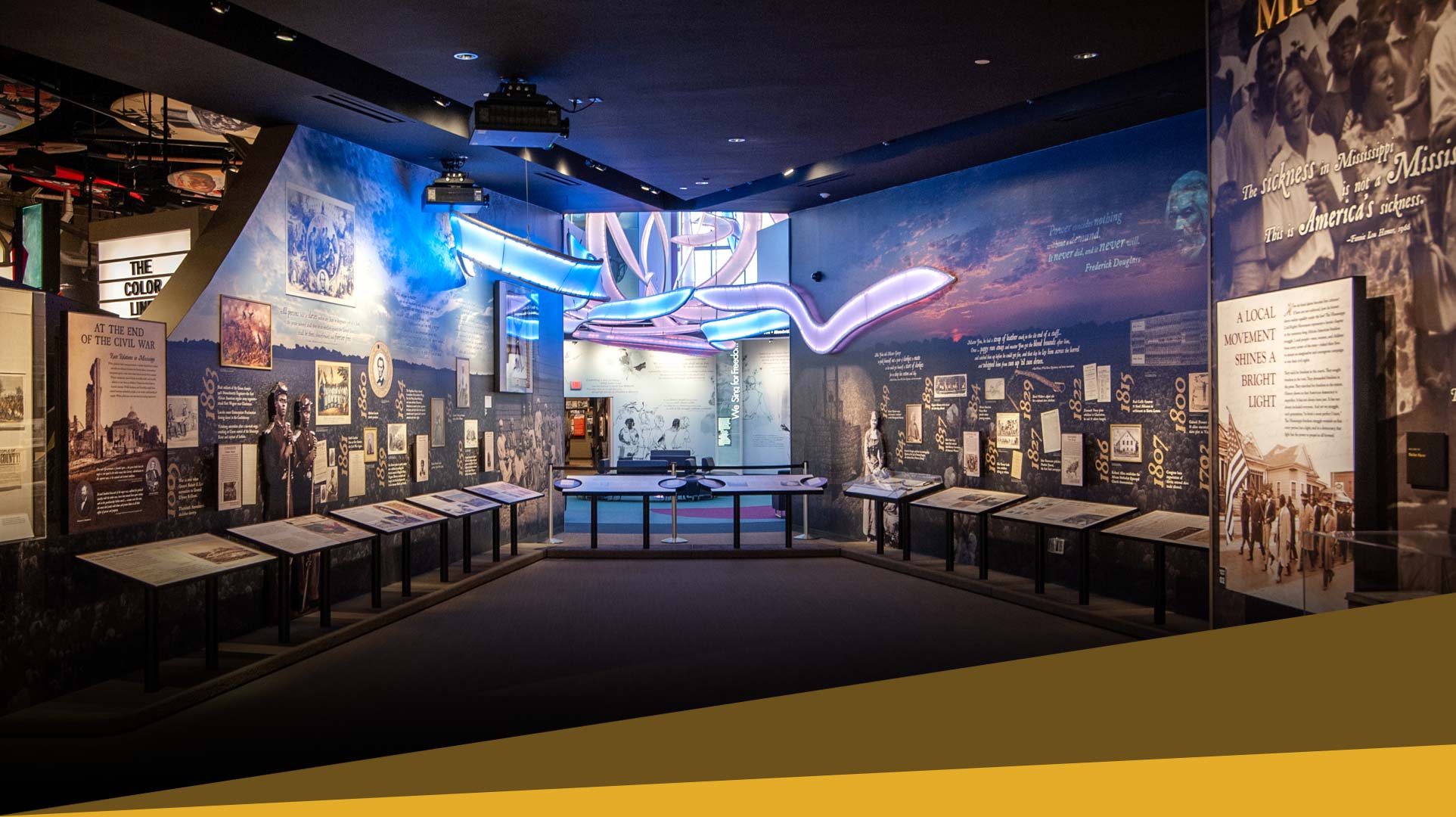
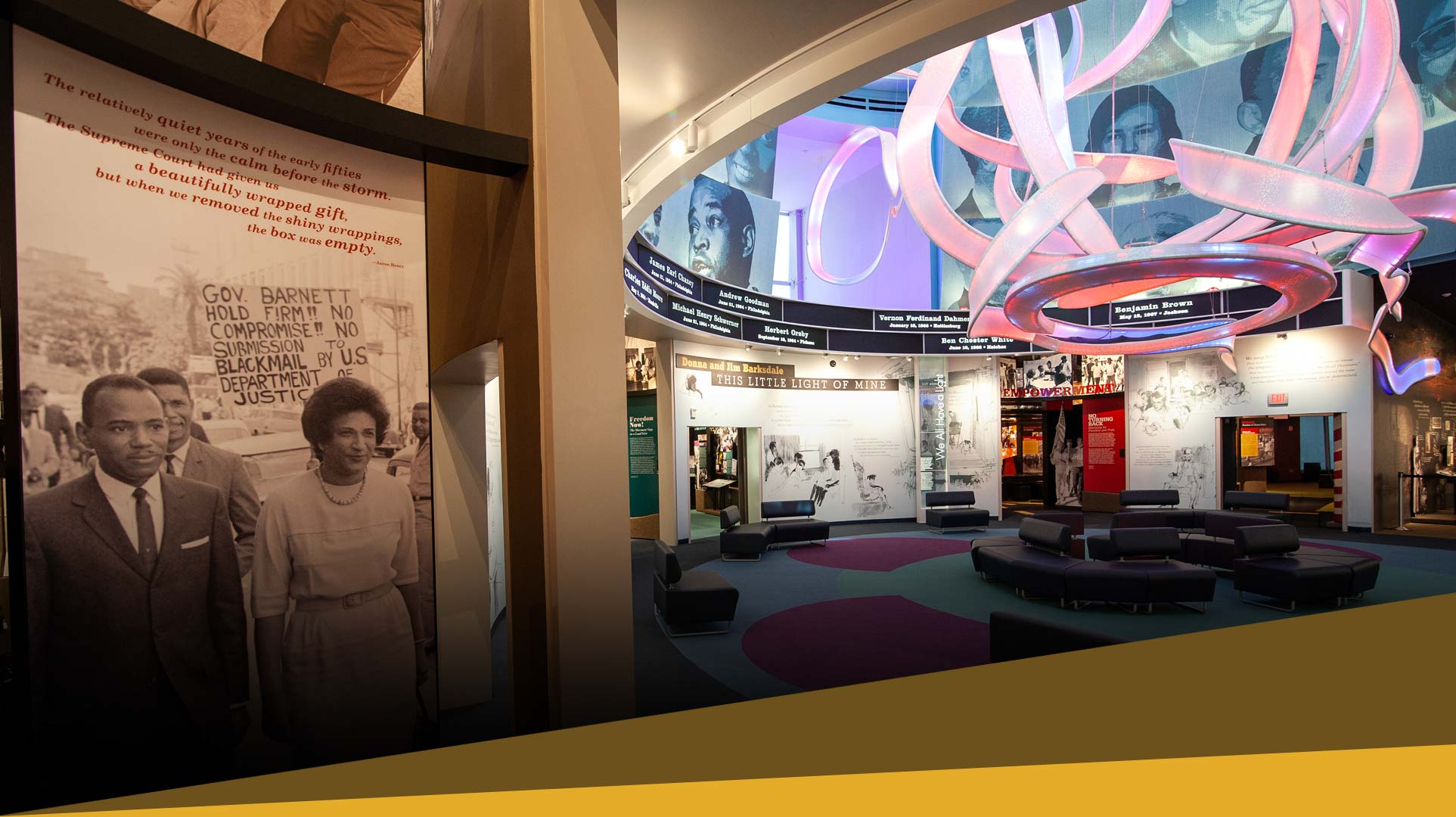
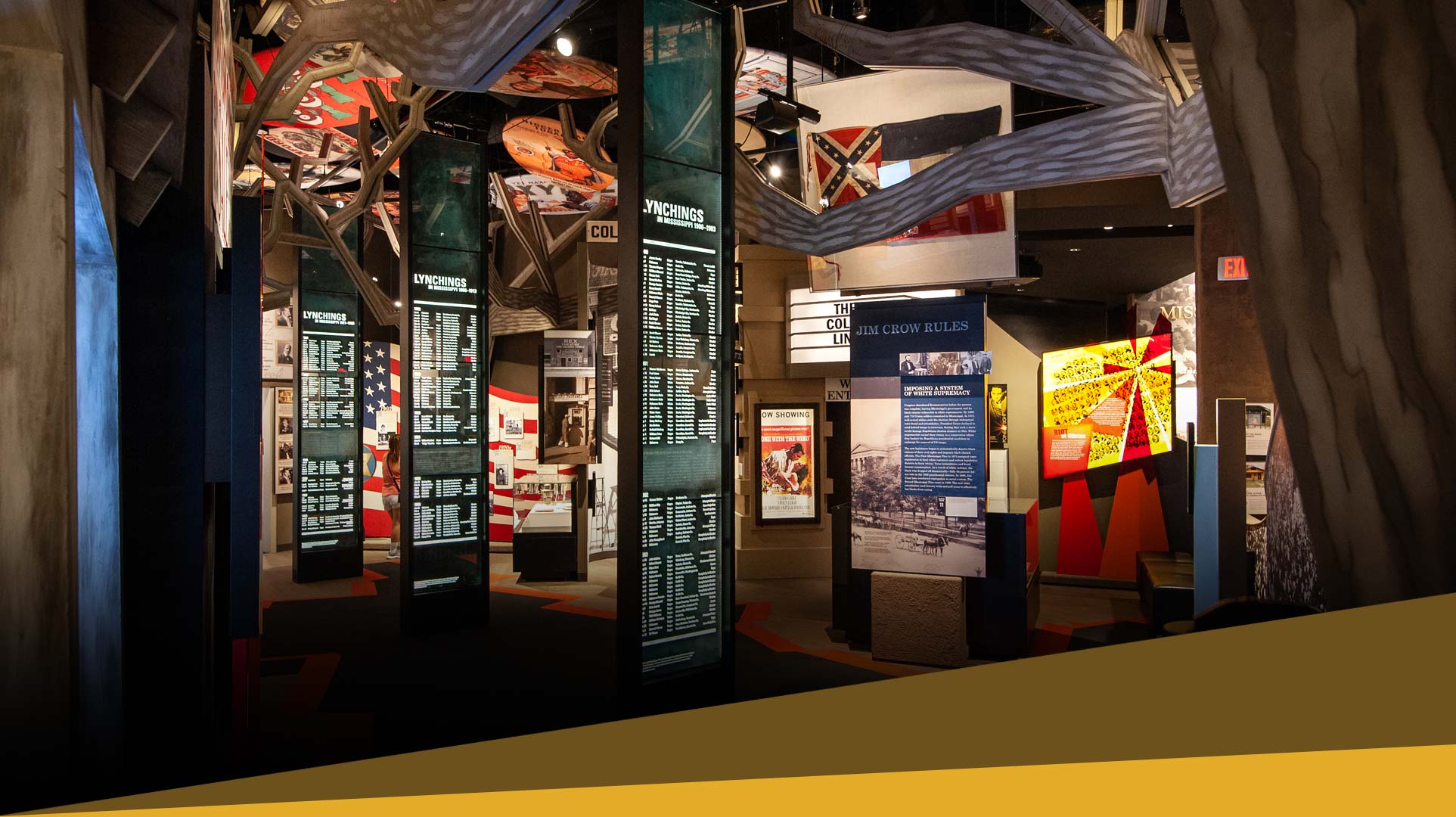
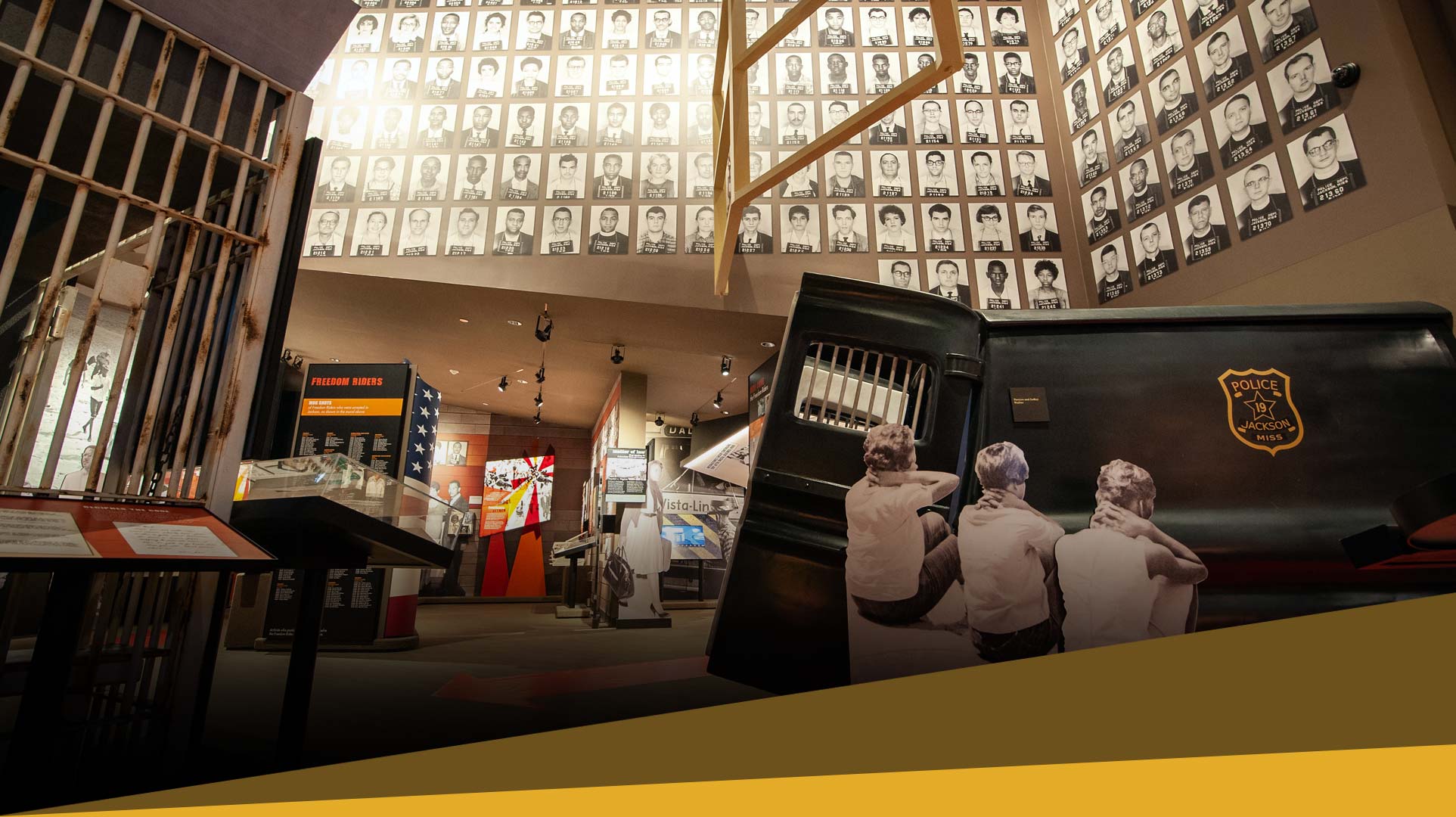
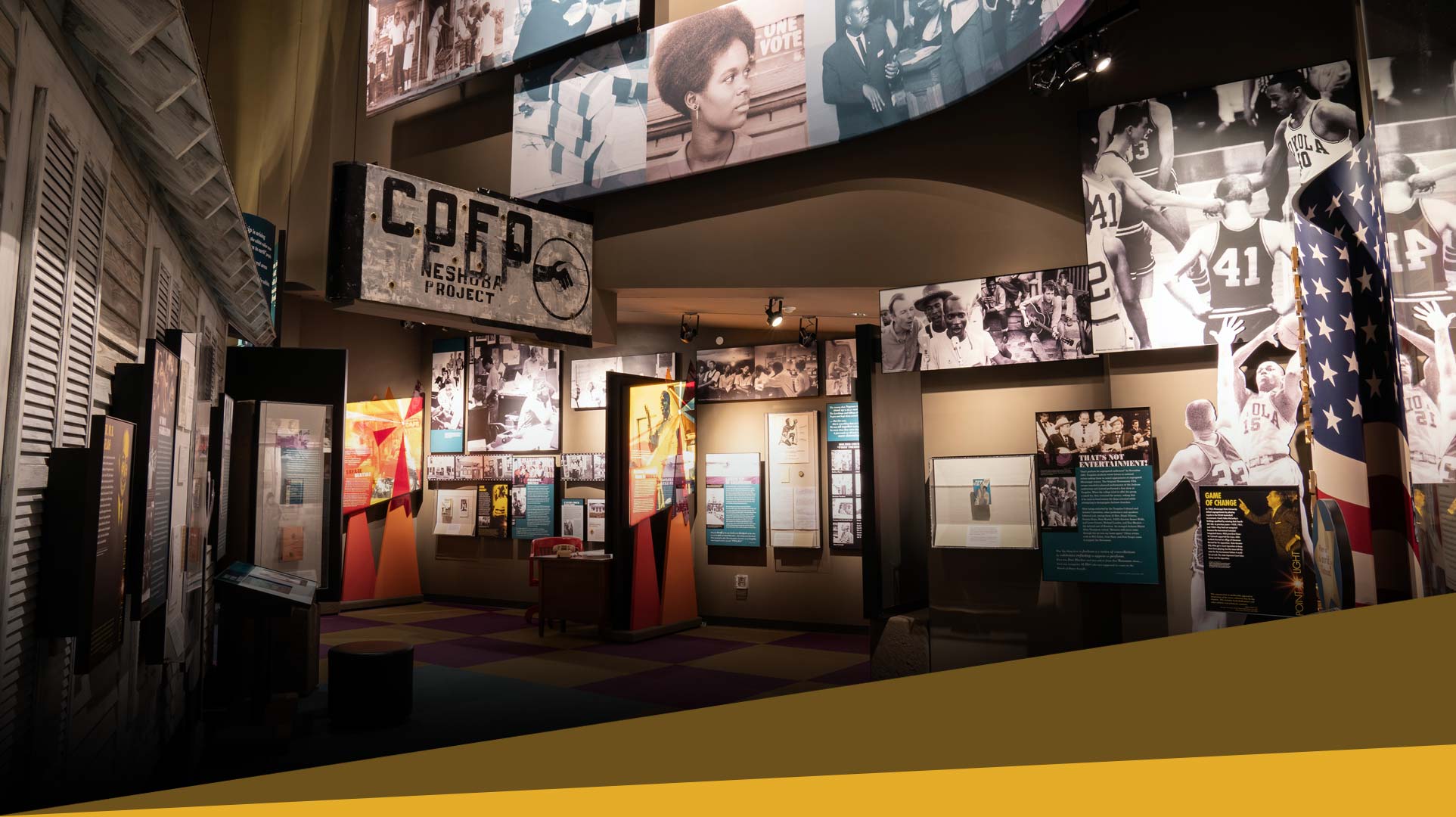
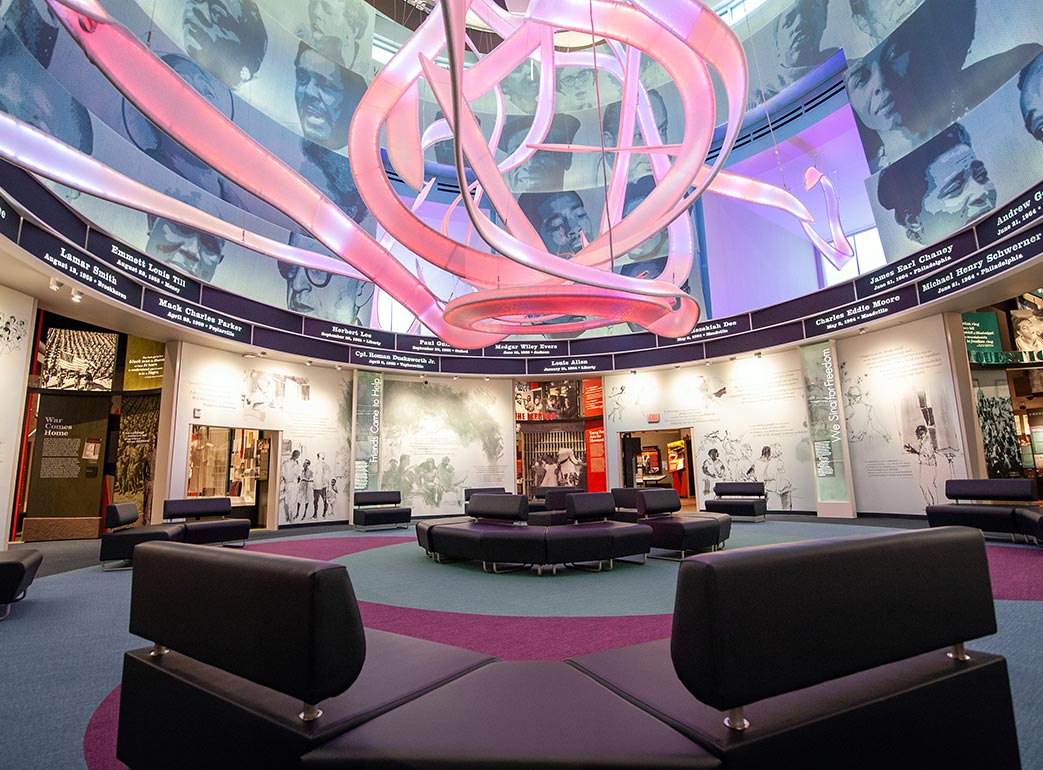
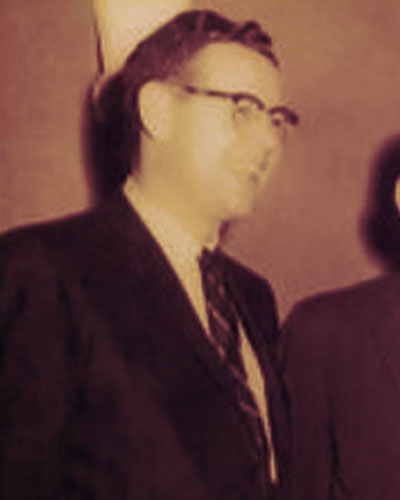
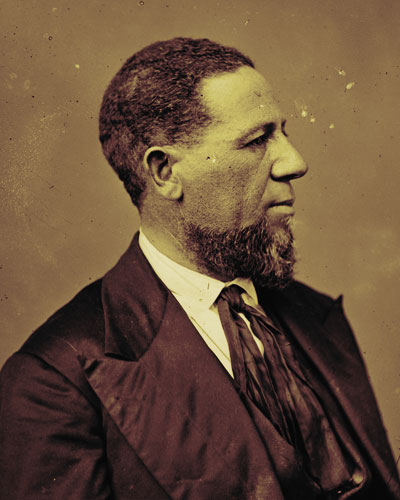
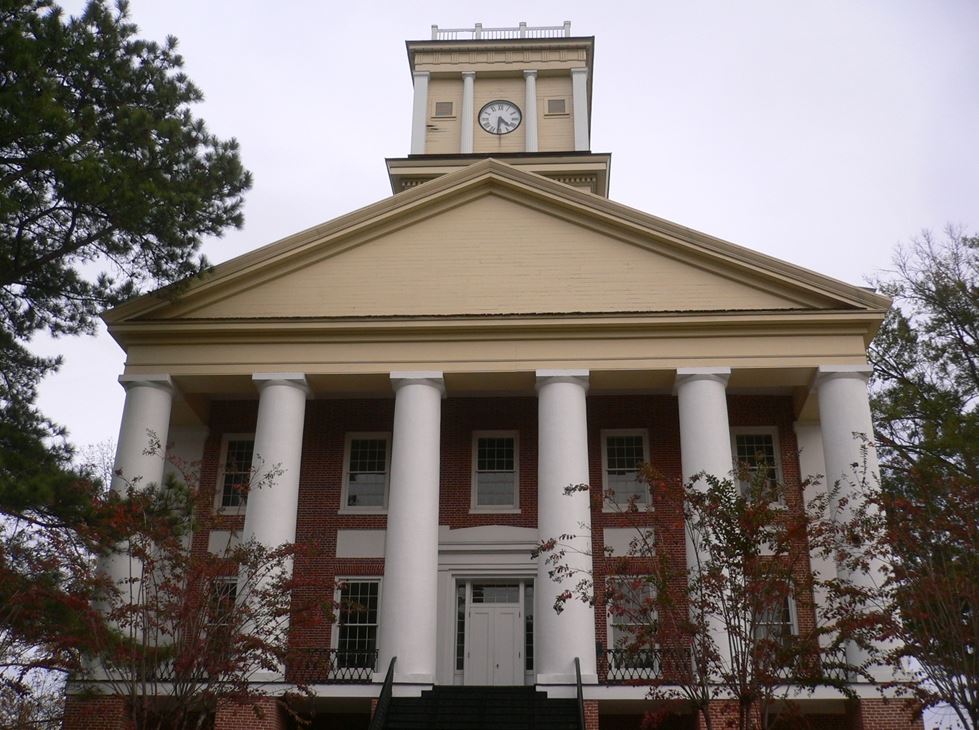 Alcorn State University is the oldest public historically black land-grant institution in the United States and the second-oldest state-supported institution of higher learning in Mississippi. It was founded in 1871 to educate the descendants of formerly enslaved Mississippians.
Alcorn State University is the oldest public historically black land-grant institution in the United States and the second-oldest state-supported institution of higher learning in Mississippi. It was founded in 1871 to educate the descendants of formerly enslaved Mississippians.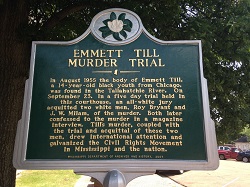 Established in 2005 to serve as a commemoration of the events of 1955.
Established in 2005 to serve as a commemoration of the events of 1955.